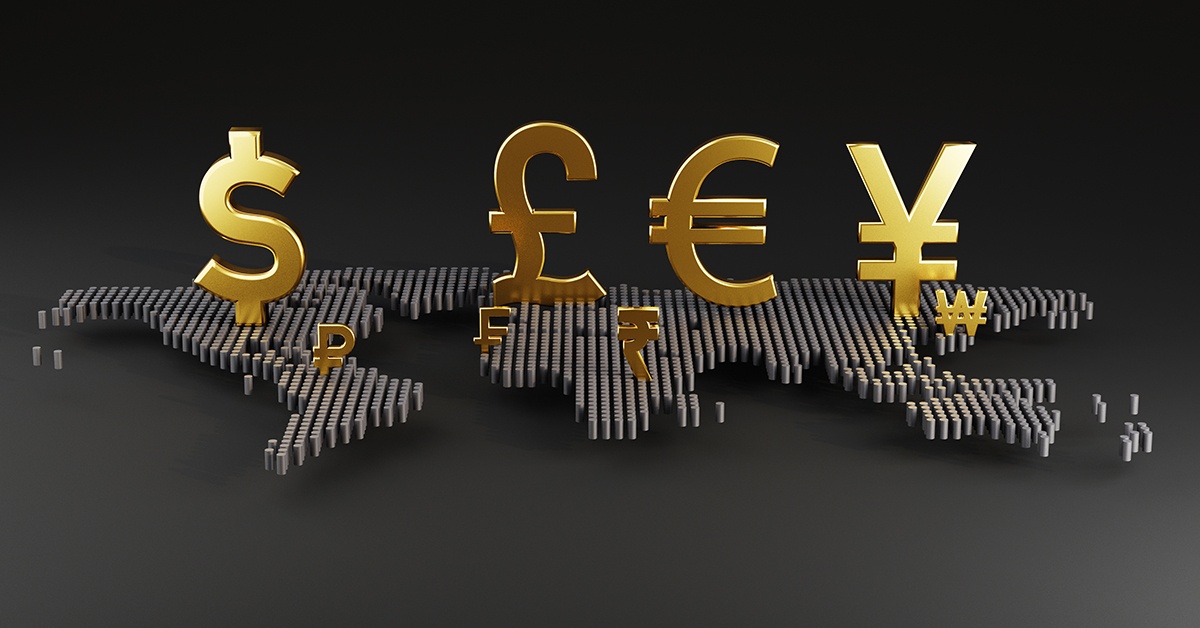
How to Open a Forex Trading Account: A Beginner’s Guide
Forex, or foreign exchange trading, has become a popular option for investors across the globe. With its potential for significant profit, many individuals consider opening a forex trading account to access this dynamic market. If you’re new to forex trading, the steps to open an account can seem daunting. This article will walk you through the process and help you get started. You can also check out open forex trading account Trading Brokers in Pakistan for more information on brokers available in your region.
Understanding Forex Trading
Forex trading involves the exchange of currencies in pairs, with the aim of capitalizing on fluctuations in their exchange rates. Traders speculate on whether the value of one currency will rise or fall relative to another. The forex market operates 24 hours a day, five days a week, making it a highly liquid and accessible trading option.
Why Open a Forex Trading Account?
If you’re looking to invest in the forex market, opening a trading account is essential. Here are a few reasons why:
- Access to the Market: A trading account allows you to trade currencies and take advantage of market movements.
- Leverage: Most brokers offer leverage, enabling you to trade larger positions than your initial deposit would allow.
- Diverse Trading Options: Forex trading accounts often provide access to various tools, including trading platforms, market analysis, and educational resources.
Steps to Open a Forex Trading Account
1. Research and Choose a Broker
The first step in opening a forex trading account is selecting a reliable broker. It’s essential to choose a broker that is regulated and has a good reputation. Research various brokers, comparing their fees, trading platforms, customer service, and available currency pairs.
2. Gather Required Documents
Most brokers will require specific documents to verify your identity and comply with regulations. Common requirements include:
- Government-issued ID (passport, driver’s license)
- Proof of address (utility bill or bank statement)
- Social security number or Tax Identification Number (for U.S. citizens)
3. Complete the Application Form

Once you’ve chosen a broker and gathered your documents, you’ll need to fill out the application form. This form typically requires information such as:
- Name and contact information
- Occupation and trading experience
- Financial situation (net worth, income)
4. Fund Your Account
After your application has been approved, you’ll need to deposit funds into your trading account. Most brokers offer various funding methods, including bank transfers, credit/debit cards, and e-wallets. Be sure to check the minimum deposit requirements and any associated fees.
5. Choose Your Trading Platform
Once your account is funded, you’ll need to select a trading platform. Brokers may offer their proprietary platforms or third-party options like MetaTrader 4 or 5. Familiarize yourself with the platform’s features and tools, as this will be crucial for executing trades effectively.
6. Start Trading
Now that your account is set up and funded, you can start trading. It’s wise to practice on a demo account first. This allows you to develop your trading skills without risking real money. Once you’re comfortable, you can begin trading in the live market.
Types of Forex Trading Accounts
When opening a forex trading account, you might come across various types of accounts. Understanding these differences is important in selecting the right one for your trading style:
- Standard Account: This type of account usually requires a higher minimum deposit but offers more features and tools suitable for experienced traders.
- Mini Account: These accounts have lower minimum deposit requirements and are ideal for beginners who want to start trading with smaller amounts.
- Micro Account: With an even lower minimum investment, micro accounts enable beginners to trade smaller position sizes and minimize risks.
- VIP or ECN Accounts: Designed for professional traders, these accounts offer tighter spreads and benefits from market liquidity, but they often require larger deposits.
Factors to Consider When Choosing a Broker
Selecting the right broker is a vital step in your trading journey. Here are some important factors to consider:
- Regulation: Ensure the broker is regulated by a recognized authority to protect your funds.
- Trading Costs: Look at the spreads, commissions, and overall trading costs associated with the account.
- Trading Platform: Choose a broker that offers a user-friendly and reliable trading platform.
- Customer Service: A responsive customer support team is crucial in resolving issues when they arise.
Conclusion
Opening a forex trading account is the first step in entering the world of forex trading. By following the steps outlined in this guide and considering the factors discussed, you can set yourself up for a successful trading experience. Remember to take your time in choosing a broker and practicing on a demo account before risking real money. Happy trading!
